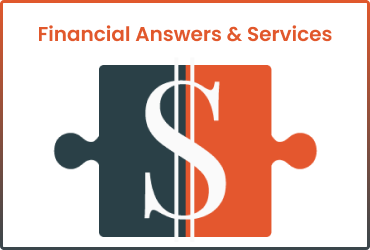Low Income Home Energy Assistance Program
As the growing gap between rich and the working poor continues to widen, lower and middle class families are finding it more difficult to pay even the most basic of their household bills. By anyone’s standard, keeping the lights on and the kids warm is as basic as it gets.
With 45 million Americans living in poverty, some states have prohibited utility companies from terminating basic services based on a person’s inability to afford them. As of 2007 and recently updated for 2019, the annual income threshold for being counted as living in poverty was approximately $11,500 for one person and $24,500 for a family of four.
In many states, special arrangements have been made for the elderly and disabled. However for the average person seeking to qualify for financial assistance on utility bills there must be proof of financial hardship. In many states, even if you qualify for a prohibition against utility shutoff, you will not be released from owing the bill.
Thankfully, funding is provided from the Low Income Home Energy Assistance Program (LIHEAP), which is funded by the U.S. Department of Health and Human Services.
In order to qualify for utility assistance benefits, you must be a resident of the state in which you are applying and demonstrate financial need. All states now provide this option under LIHEAP.













